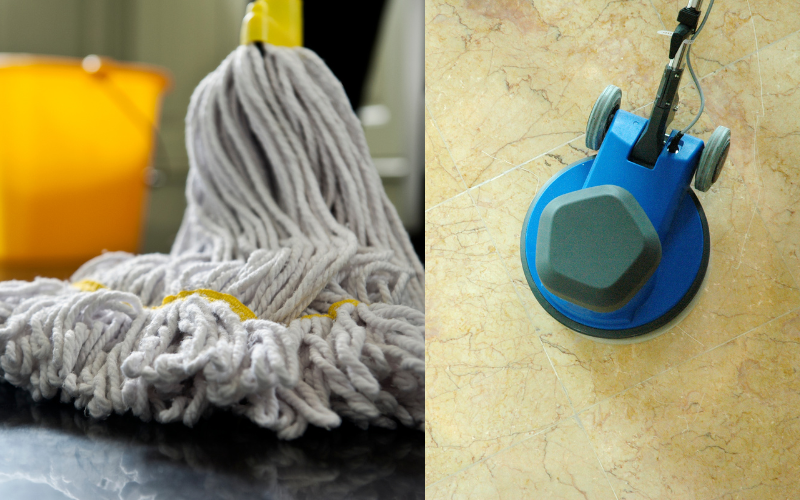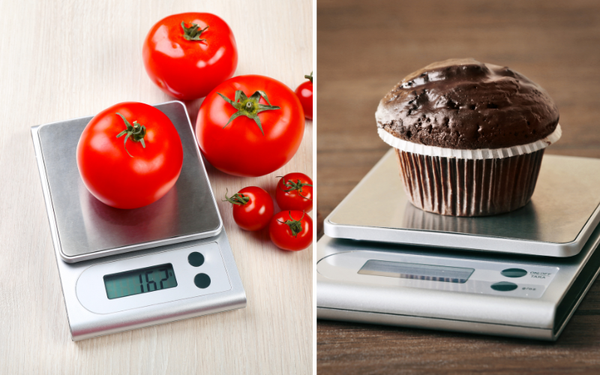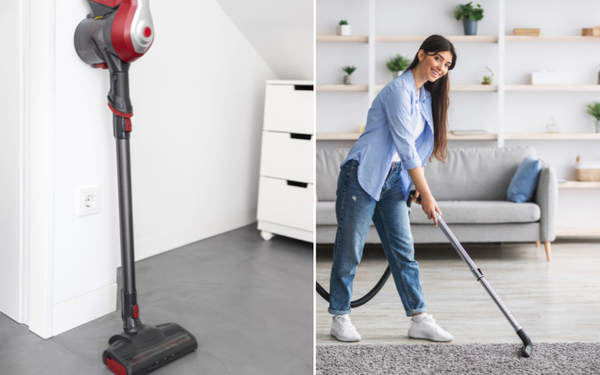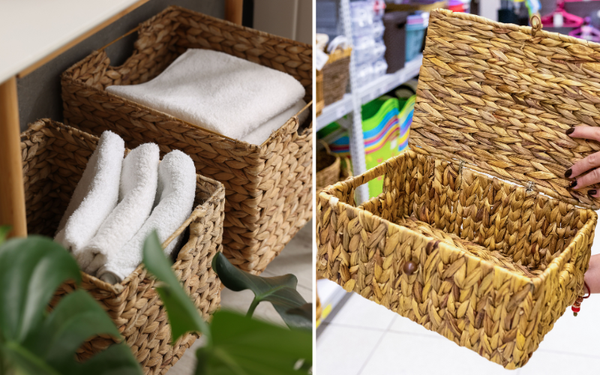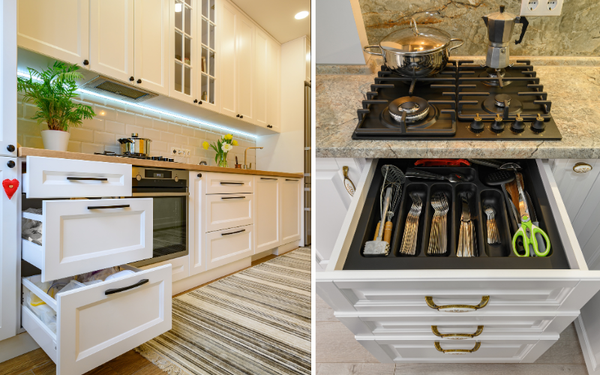Which type of mop is most effective for your floors? In this no-frills guide, we compare string, sponge, microfiber, and steam mops directly—highlighting their cleaning efficacy, ease of use, and suitability for different floor types. Make an informed choice and transform your cleaning routine.
Key Takeaways
- Different floor types require specific mops for best results, with the OXO Good Grips Microfiber Spray Mop and Swiffer Powermop standing out, while materials like microfiber provide superior cleaning and durability.
- Technological advancements in mops offer hands-free wringing, precise cleaning, and automated cleaning options such as electric spin mops and robot mops for enhanced efficiency and convenience.
- Mop features such as maneuverability, versatility for various floor types, and the choice between wet or dry mopping are crucial for effective floor cleaning tailored to the specific needs of each home.
Analyzing Mop Effectiveness: Types Compared
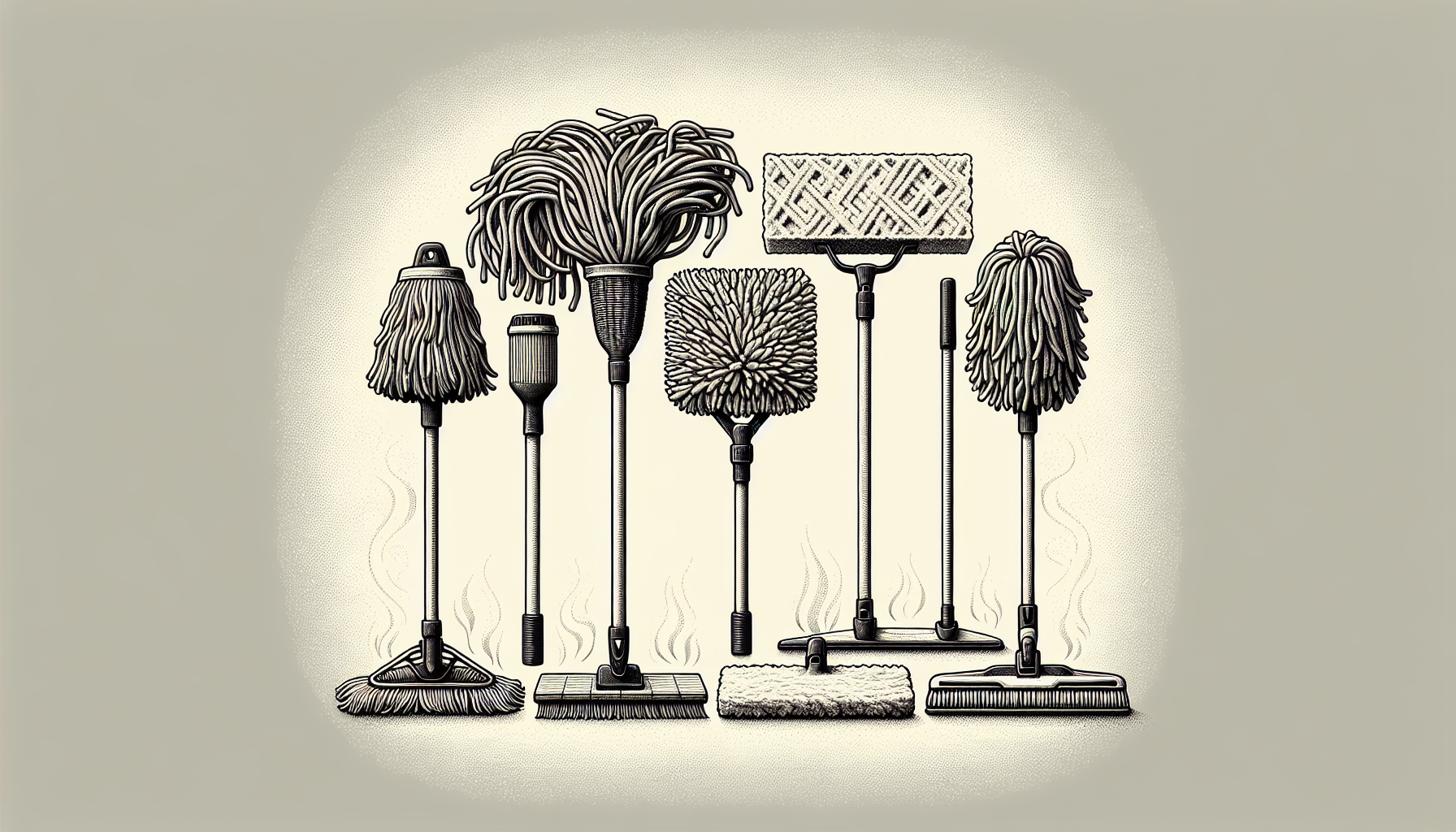
When it comes to keeping your floors spotless, not all mops are created equal. The effectiveness of a mop can be determined by a symphony of factors, including:
- Compatibility with floor types
- The comfort of the handle
- The weight that won’t strain your back
- A price that won’t break the bank.
Whether you’re combating stubborn scuffs, greasy grime, or dried-on disasters, the right mop turns a dreaded chore into a satisfying task. For a truly versatile clean, the OXO Good Grips Microfiber Spray Mop has proven its mettle on all types of messes and across diverse flooring materials, including:
- Wood
- Vinyl
- Laminate
- Ceramic tile
- Natural stone
Yet, in the pantheon of best mops, the Swiffer Powermop stands as the champion for robust cleaning needs, leaving floors not just clean but gleaming.
String Mops vs. Sponge Mops
Dive into the world of string mops, and you’ll discover their secret: versatility. With their absorbent strands, they sop up liquids with ease, making them the go-to for a variety of spills. However, don’t underestimate the sponge mop—its user-friendly design and impressive absorbency allow it to reach into nooks and crannies that string mops may miss.
While string mops are the traditional workhorses, sponge mops come in various forms, such as the butterfly and rolling types, each with its own mechanism for wringing—a factor that influences their ability to tackle large spills. On surfaces like linoleum, vinyl, and tile, sponge mops shine, absorbing liquid spills and scrubbing away dirt with a finesse that’s hard to beat.
Microfiber Mops: A Deep Clean Solution
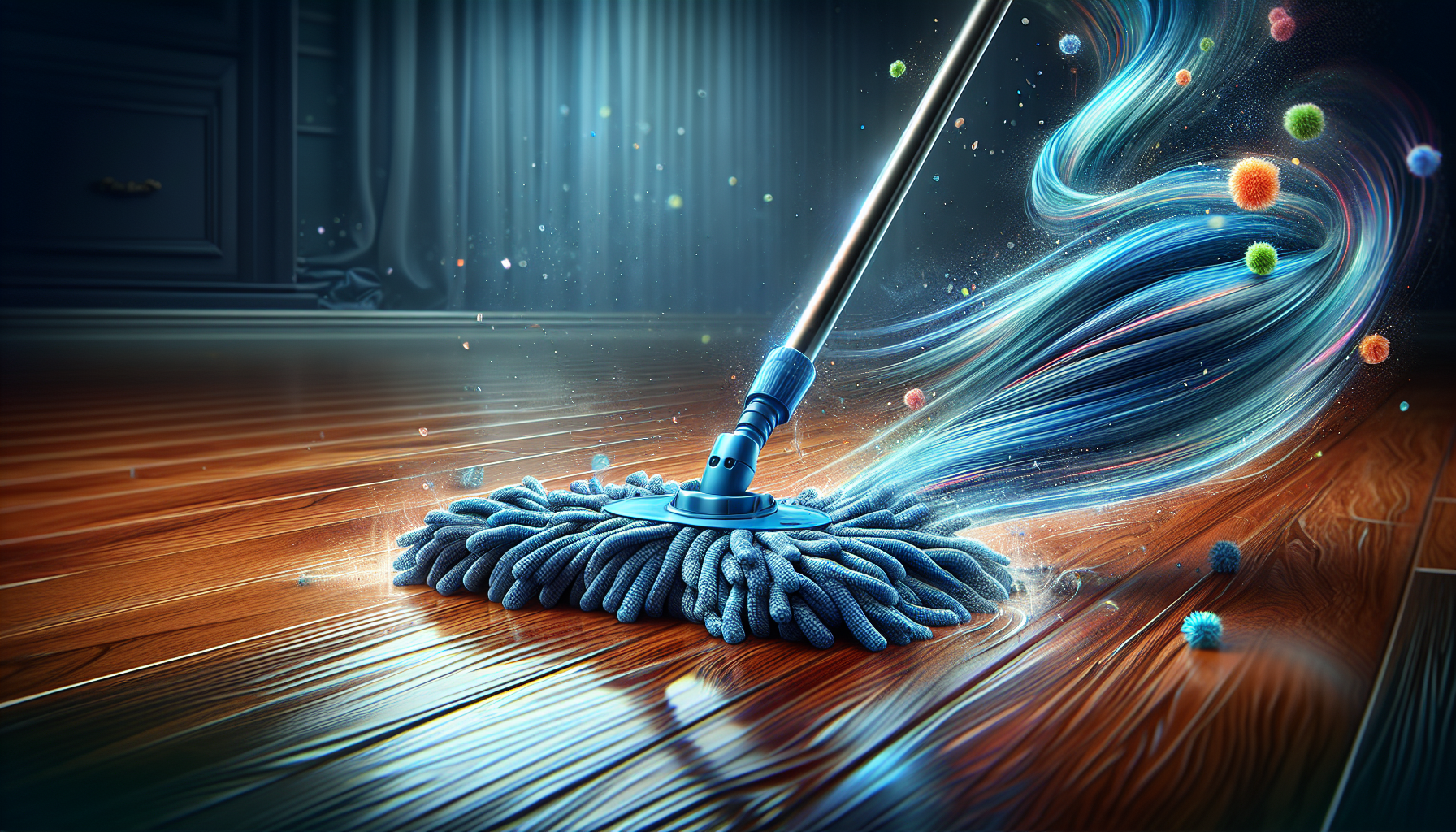
In the realm of microfiber mops, cleanliness is next to godliness. Especially recommended for hardwood and laminate floors, these mops are also champions on hardwood floors, where they absorb dirt and grime with an efficiency that’s unparalleled. Microfiber’s secret weapon is its ability to prevent cross-contamination; with a fresh pad for each room, the spread of dirt and bacteria is halted in its tracks.
Moreover, these mops surpass brooms in their ability to trap the finest of particles, making them the unsung heroes in the battle against dust and allergens. And when it comes to sustainability, microfiber pads—like those used with the Bona spray mop—are not only washable but reusable, offering a deep clean that’s both effective and eco-friendly.
Steam Mops: The Sanitizing Powerhouse
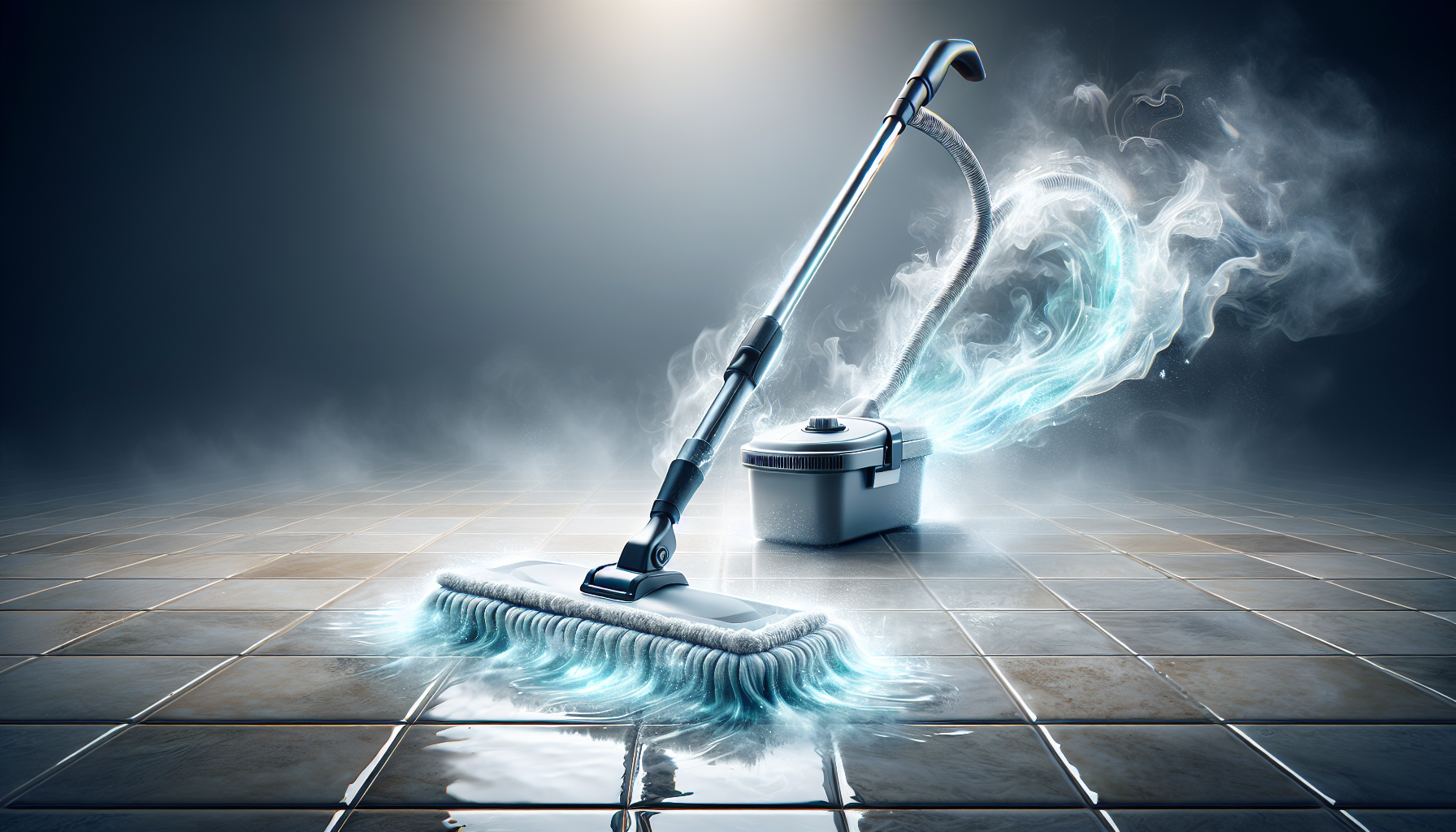
Steam mops are like the knights in shining armor of the cleaning world, vanquishing bacteria and viruses with heat rather than relying on chemical concoctions. They excel on tile, ceramic, and porcelain, leaving surfaces not just clean but sanitized—a boon for those meticulous about hygiene. The PurSteam 10-in-1 Steam Mop is a testament to versatility, heating up in a mere 17 seconds and arriving with an arsenal of attachments, ready to tackle everything from garments to windows to furniture.
Yet, with great power comes great responsibility: post-clean maintenance, such as washing the mop pad with a cleaning solution, ensures that your steam mop is always at the ready for its next battle against grime.
Innovations in Mopping: Electric Spin Mops and Robot Mops
As we venture into the future of floor care, mopping has been revolutionized by technology that spares us the backbreaking toil. Electric spin mops whisk away the need for manual effort with their automatic spinning action, turning a once arduous task into a walk in the park. Consider the Bissell SpinWave Pet Hard Floor Spin Mop and the Vmai Cordless Electric Mop, both armed with on-demand spray triggers for those sealed hard floors that demand extra attention.
And then there’s the robotic revolution: robots like the Roborock S8 MaxV Ultra and the Bissell SpinWave 2-in-1 Robotic Mop, which are not mere cleaning tools but intelligent companions that navigate your home with precision and care. With increased suction power and dual pad spinning, these robots are not just gadgets; they’re a glimpse into a future where clean floors are a given, not a chore.
Spin Mop Bucket Systems: Efficiency Meets Convenience
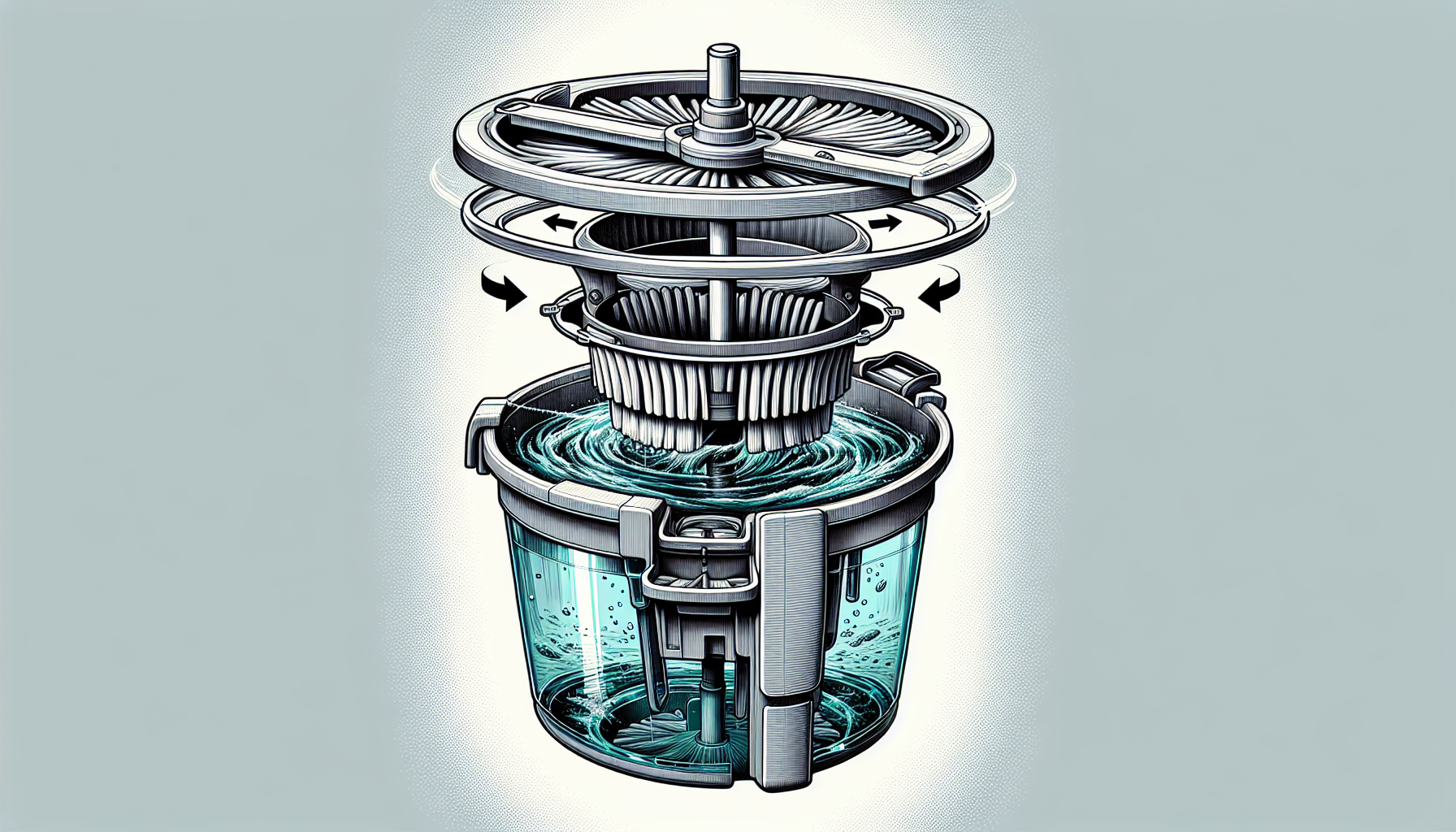
Spin mop systems are a marvel of modern mopping, offering hands-free wringing with the tap of a foot and the convenience of dual water tanks to keep the clean separate from the dirty. The O-Cedar EasyWring RinseClean, with its pedal-powered wringing system, takes the toil out of tackling large spills, ensuring that every mop pass is as effective as the first. These systems aren’t just about wringing out water; they’re about precision cleaning, with designs like triangular-shaped microfiber heads that wedge into corners and glide along edges, leaving no surface untouched.
It’s the smart integration of form and function—a mop that not only cleans but makes the process more efficient and less laborious.
Robot Mops: Automated Cleaning Solutions
The world of robot mops is where convenience meets innovation. With sensors and mapping technology, these automated maestros perform their duties with little to no human intervention. Some top robot mops include:
- iRobot Braava Jet M6
- Bissell SpinWave 2-in-1 Robotic Mop
- Eufy X10 Pro Omni
- Narwal Freo X Ultra
These mops are like the commanders of cleanliness, navigating and remembering the layout of your rooms, while also avoiding obstacles and steering clear of carpets.
Yet, as advanced as they are, robot mops might falter when faced with stubborn or larger stains—a reminder that sometimes, the human touch is irreplaceable. And while they do save time, they’re not entirely set-it-and-forget-it devices; the Shark AV2001WD, for instance, requires a watchful eye to prevent it from turning a spill into a smear.
Mop Head Material Matters: Microfiber vs. Cotton
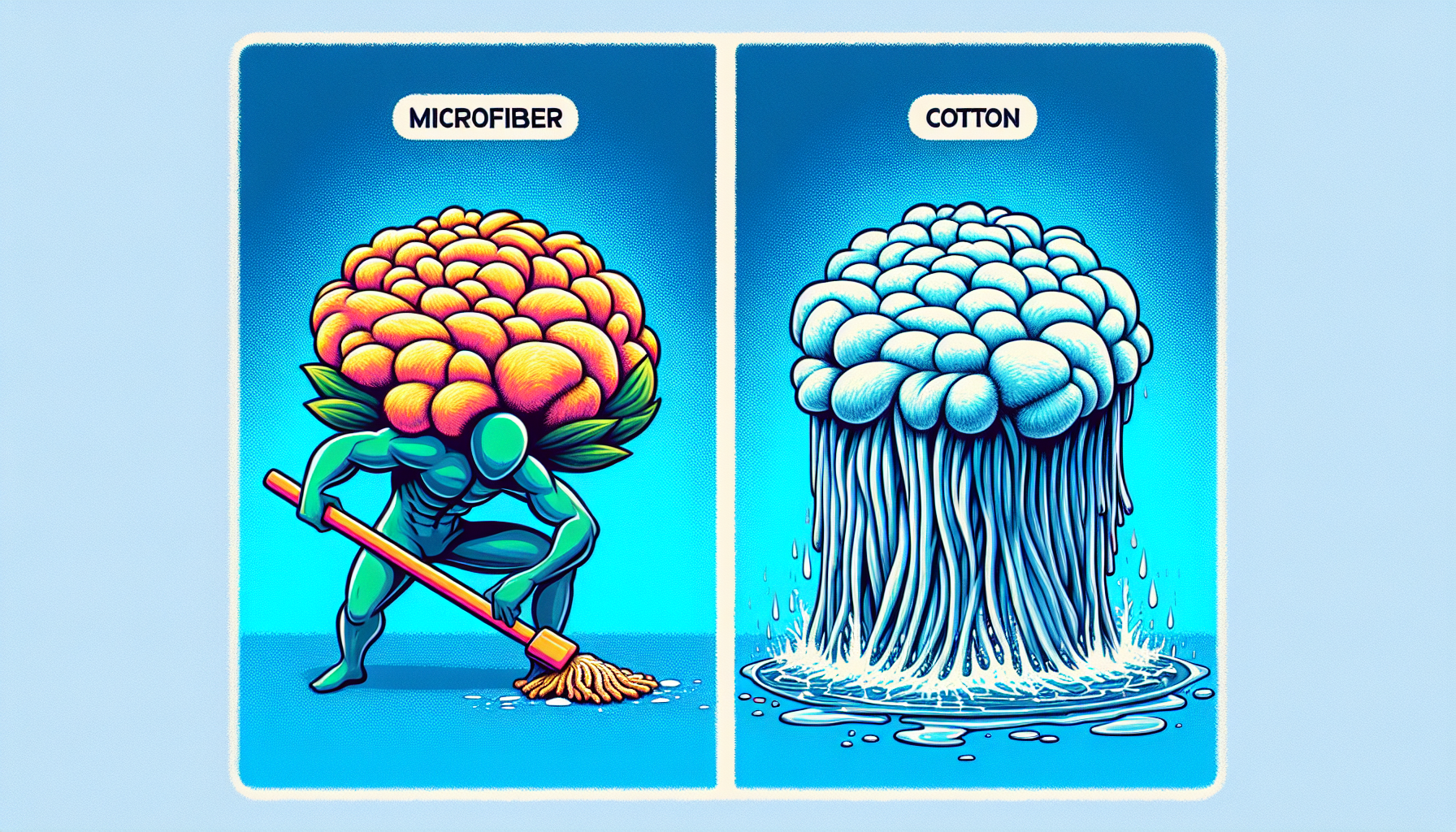
When it comes to mop heads, the material makes all the difference. Microfiber stands out as the modern-day champion, boasting high absorbency and the ability to pick up dirt and bacteria with just water. It’s a versatile warrior, adept at both wet and dry cleaning, though for stubborn stains, it may ask for a bit more elbow grease. And when it’s time to freshen up, microfiber string mop heads can take a spin in the washing machine, coming out clean and ready for more, thereby contributing to their impressive longevity. With a wet mop head like this, cleaning becomes a breeze.
Absorbency and Soil Removal
The superior absorbency of microfiber mops is not just a claim; it’s a proven fact. They can hold over three times their weight in water, transforming cleaning from a splashy affair into an efficient, almost dry experience. This remarkable absorbency means that microfiber mops can clean larger areas—up to 400-500 square feet—before needing a rinse, making them ideal for expansive spaces.
However, even the best tools have their challenges; the Microfiber Wholesale 18-Inch Professional Microfiber Mop, while highly absorbent, requires some effort to wring out properly, a crucial step in soil removal.
Durability and Longevity
In the battle of mop head materials, microfiber’s durability is unmatched. Proper maintenance can lead to a lifespan that outlasts traditional cotton mops by leaps and bounds. A microfiber mop head can endure 150-200 washes, whereas a cotton mop head may only survive 15-30 washes before it gives up the ghost.
Premium microfiber pads even boast the ability to withstand up to 500 washes—a testament to their resilience and value over time, especially when compared to disposable pads.
Mop Features That Enhance Cleaning Efficiency
In the grand scheme of floor cleaning, efficiency is king. Mops that are lightweight and easy to maneuver not only make the job less strenuous but also more effective. Features such as swivel heads and adjustable handles contribute to a mop’s agility, allowing it to dance around corners and under furniture with grace.
Innovations like the Swiffer WetJet demonstrate the power of disposable cleaning pads and on-board solution dispensers to trap dirt and grime. Other mops, such as the Bissell SpinWave and the Steamboy Pro, bring their own unique strengths—electric steam and special mop pads—to the cleaning table.
Ease of Maneuverability
Maneuverability is a hallmark of a well-designed mop. Triangular mop heads, for instance, sneak into corners with ease, ensuring no dirt is safe from their reach. The heft of a mop matters too; a lightweight build makes for breezy cleaning sessions that won’t leave you feeling like you’ve completed a workout.
Swivel heads are the secret sauce for effortlessly navigating twists and turns, and when paired with machine-washable heads, they make for an unbeatable combination of maneuverability and maintenance.
Versatility for Different Floor Types
The versatility of a mop is essential, as homes are a patchwork of different floor types—hardwood, laminate, tile, and more. Spray mops like the Swiffer WetJet are a boon for wood floors, with their adjustable moisture settings ensuring floors are cleaned, not drenched. The right mop should be wrung out just so, avoiding any damage or streaking on delicate surfaces.
Flat mops, with their removable mop heads, adapt to various cleaning tasks and floor types, exemplifying the value of a multipurpose tool. For tile floors, the Bissell SpinWave Hard Floor Spin Mop emerges as the best option, whereas cotton mops are gentle enough for wood floors with a wax or oil finish.
Wet or Dry: Choosing the Right Mop for Your Home
In deciding between a wet or dry mop, consider the nature of the mess at hand. While dry mopping is ideal for picking up loose dirt and debris, wet mops step in to clean up the remaining dirt and spills with their wet mop counterparts.
Dry mops, like dust mops, are lightweight and outperform brooms in cleaning large areas, though they may struggle in tight spaces. Remember, all floors can endure a gentle dry mopping, but when it comes to wet mopping, choosing the right tool—and not soaking your floors—is key to a long-lasting, beautiful finish.
Summary
As we bring our exploration of the best floor mops to a close, it’s clear that the perfect mop is not a one-size-fits-all tool. From the absorbent prowess of string and microfiber mops to the sanitizing strength of steam mops, each has its distinct advantages. Innovations like electric spin mops and robot mops have elevated the humble act of mopping to new heights of convenience and efficiency. And in the intricate dance between wet and dry mopping, knowing when and how to use each type is crucial. Armed with the knowledge from expert evaluations and reviews, you’re now equipped to choose a mop that not only cleans but transforms the task into an effortless ballet of cleanliness.
Frequently Asked Questions
Can I use a steam mop on all floor types?
It's important to check the manufacturer's instructions before using a steam mop, as steam can damage certain floor types like hardwood, laminate, or waxed floors. Always follow the recommended guidelines to avoid any potential damage.
How often should I wash my microfiber mop pads?
Wash your microfiber mop pads after each use to prevent the spread of dirt and bacteria. Premium microfiber pads can withstand up to 500 machine washes, providing long-term cleaning power.
Are robot mops as effective as manual mopping?
Robot mops offer convenience, but may not be as effective on larger or tougher stains as manual mopping. They work best for regular, light cleaning and maintenance.
What's the advantage of a spin mop over a traditional mop and bucket?
The spin mop's hands-free wringing system and dual tanks for separating clean and dirty water lead to better cleaning and less physical strain compared to traditional mops, making it more efficient and user-friendly.
Can I use a wet mop on hardwood floors?
Yes, you can use a wet mop on hardwood floors, but make sure to use minimal liquid and wring the mop well to prevent damage or streaking. Some mops have adjustable moisture settings specifically designed for delicate hardwood floors.
